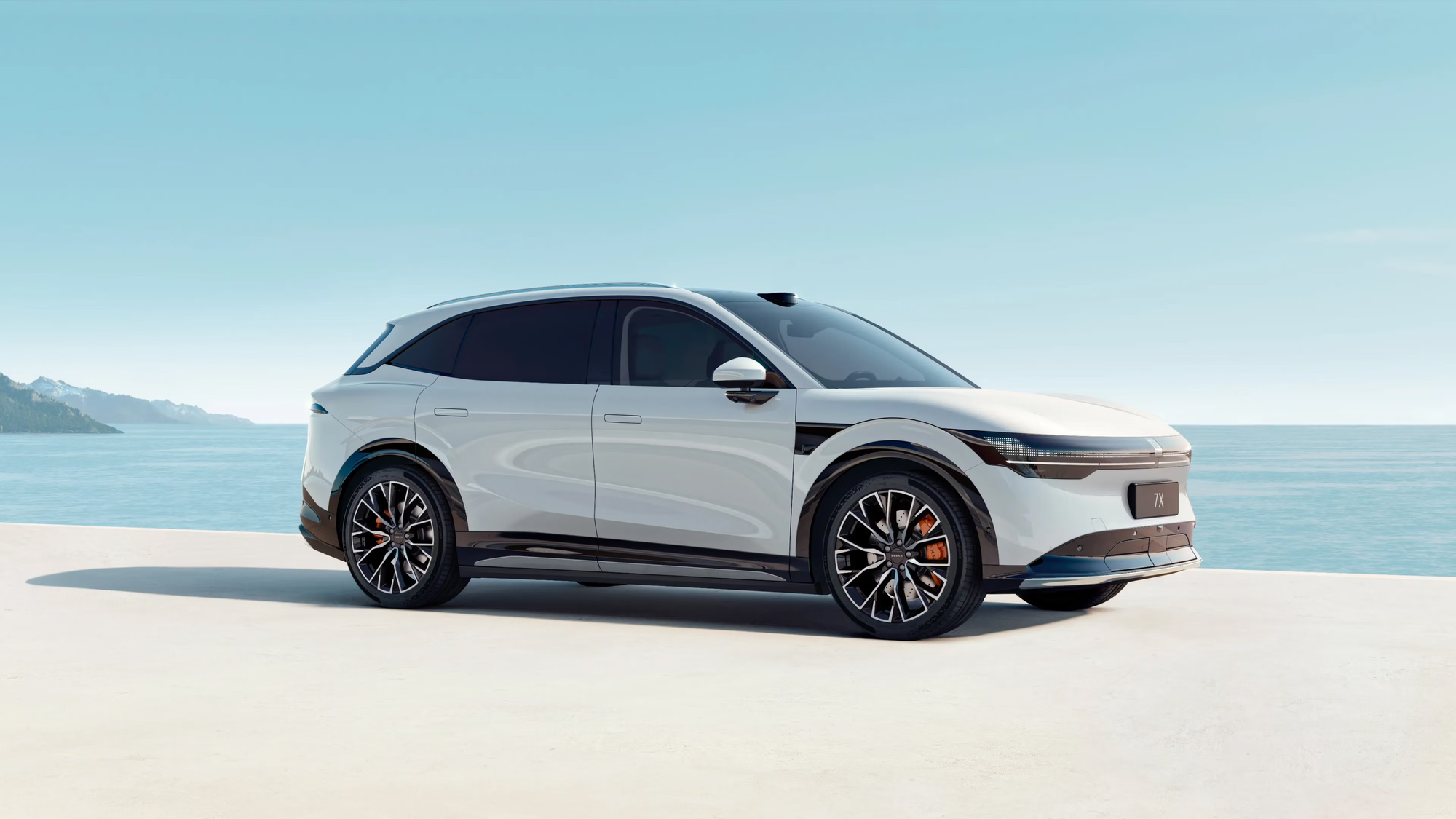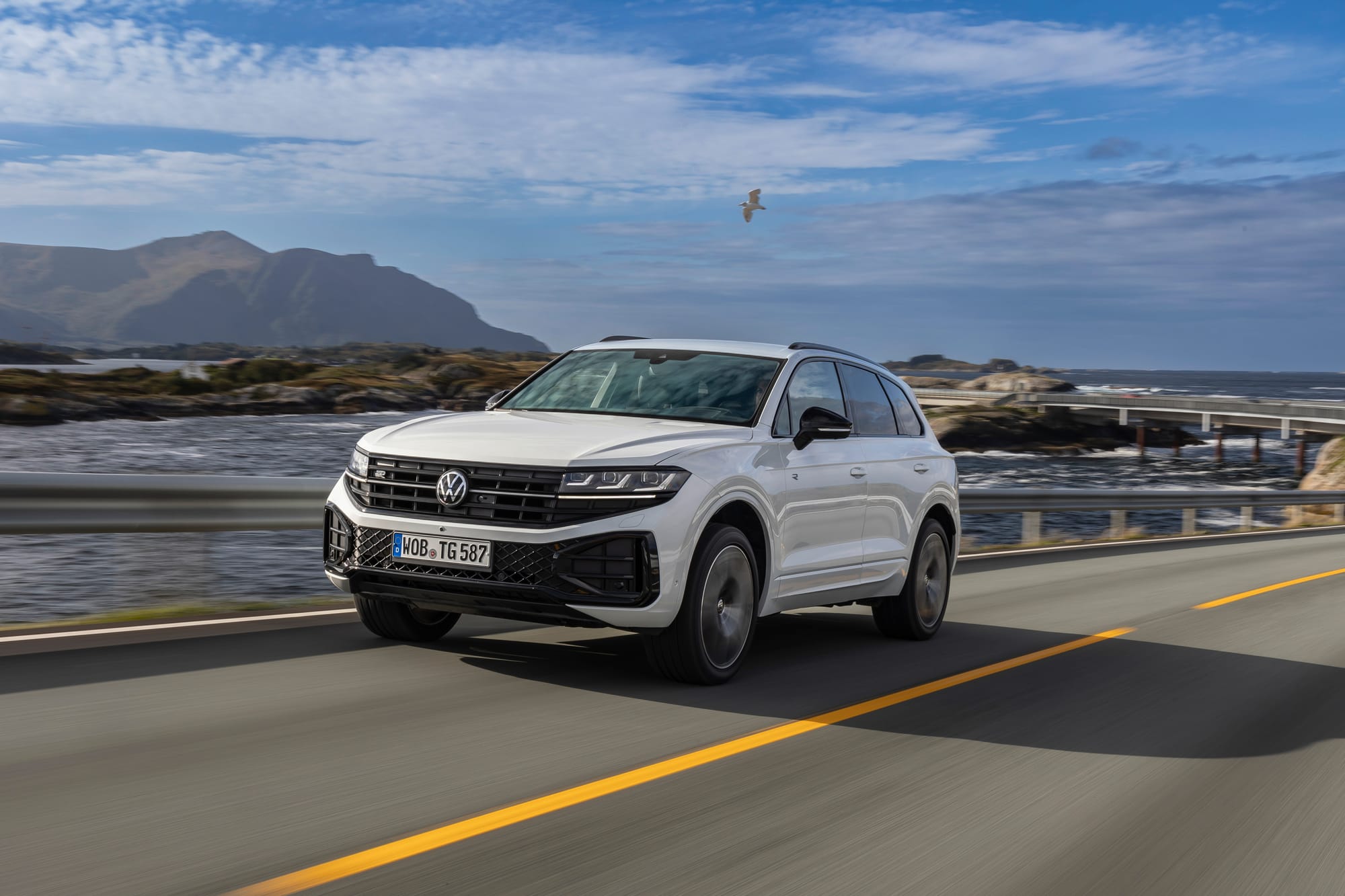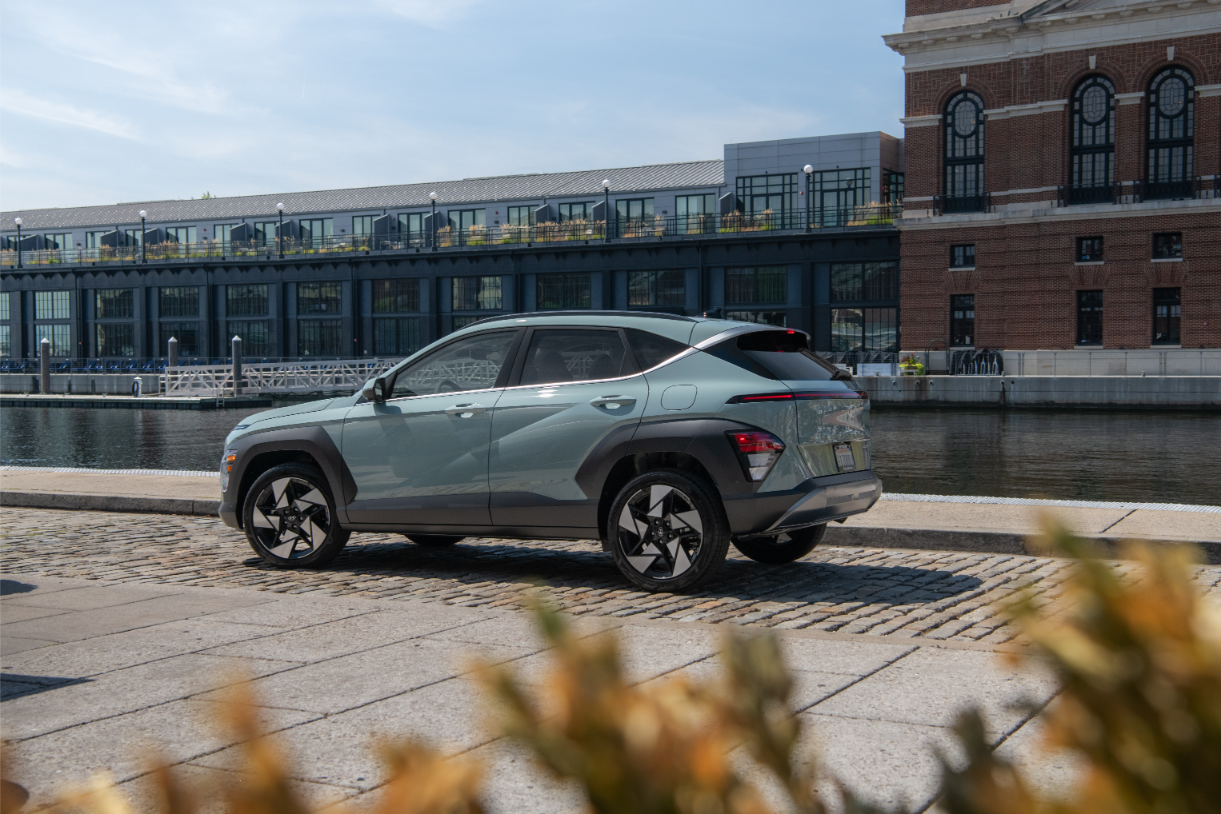General Motors (GM) continues to evaluate the potential for right-hand drive (RHD) versions of its new models, even after withdrawing support for Holden in Australia. This ongoing consideration suggests that GM hasn't completely abandoned the idea of serving RHD markets, despite its previous retreat.
GM's Approach to Right-Hand Drive Markets

• Ongoing Evaluation: GM still assesses the viability of RHD variants for new models on a case-by-case basis.
• Market Potential: The company considers the combined potential of RHD markets, including Australia, the UK, Japan, and other countries.
• Selective Offerings: While not all models will be offered in RHD, GM remains open to the possibility for certain vehicles.
Challenges in RHD Conversion
GM faces several obstacles in producing RHD vehicles:
- Screen Integration: Large, driver-oriented screens complicate the conversion process.
- Engineering Costs: Developing RHD variants requires significant investment.
- Market Size: The combined RHD market may not always justify the development expenses.
Current and Future RHD Models

• GM has confirmed RHD versions of some models, including the Chevrolet Silverado and GMC Yukon.
• The Cadillac Lyriq EV is also slated for RHD markets, showcasing GM's commitment to electrification globally.
Impact on Australian Market
• Despite Holden's closure, GM maintains a presence in Australia through specialty vehicle operations.
• The company's continued consideration of RHD models could lead to future offerings in the Australian market.
Global Strategy
GM's approach reflects a broader strategy:
• Flexibility: Keeping RHD options open allows GM to adapt to changing market conditions.
• Brand Presence: Selective RHD offerings help maintain GM's global brand visibility.
• Future-Proofing: This strategy allows for potential re-entry into RHD markets if conditions become favorable.
While GM's exit from the Australian market through Holden was a significant move, the company's ongoing evaluation of RHD potential for new models indicates a nuanced approach to global markets. This strategy keeps the door open for future opportunities in RHD countries, even as GM navigates the complexities of global automotive production and market demands.













